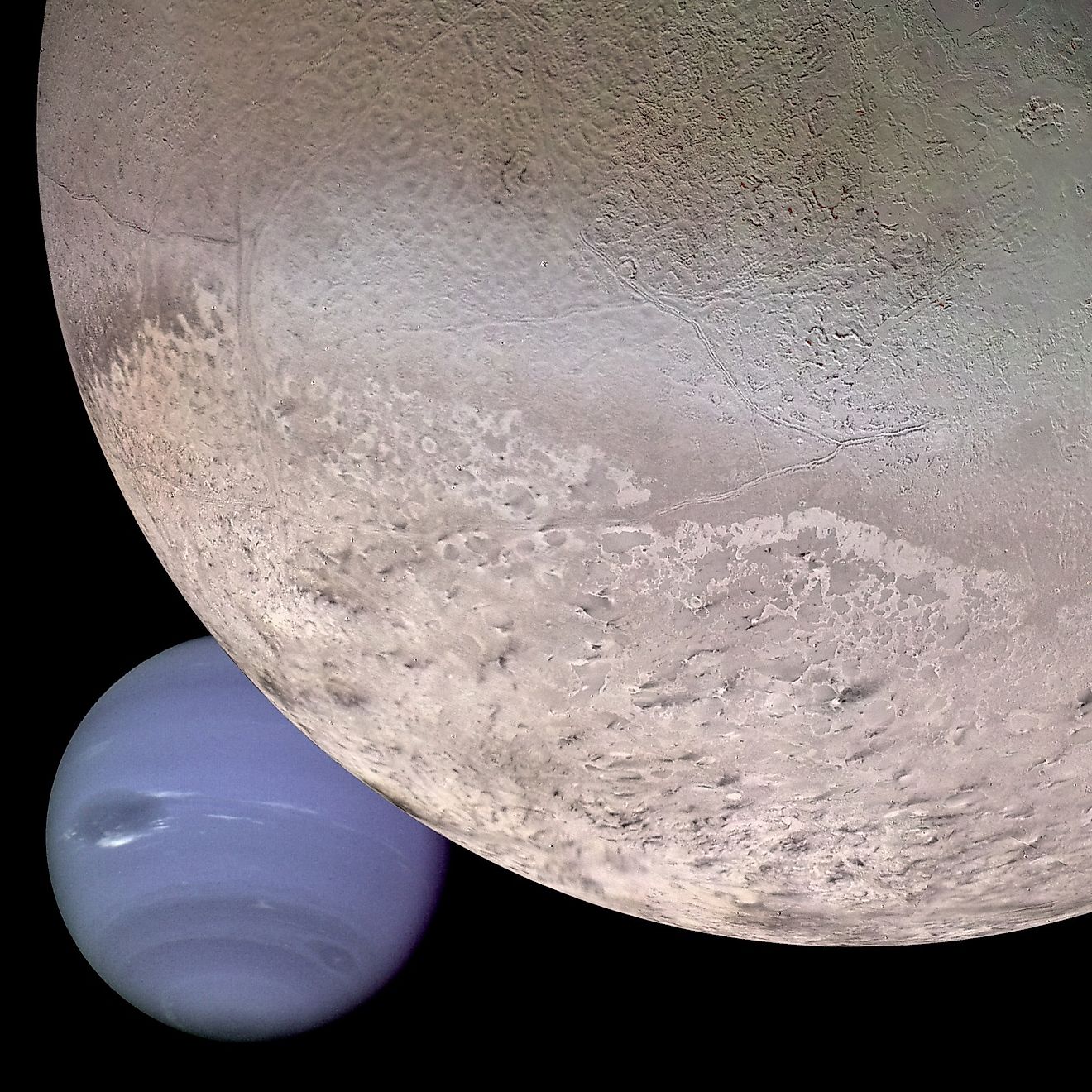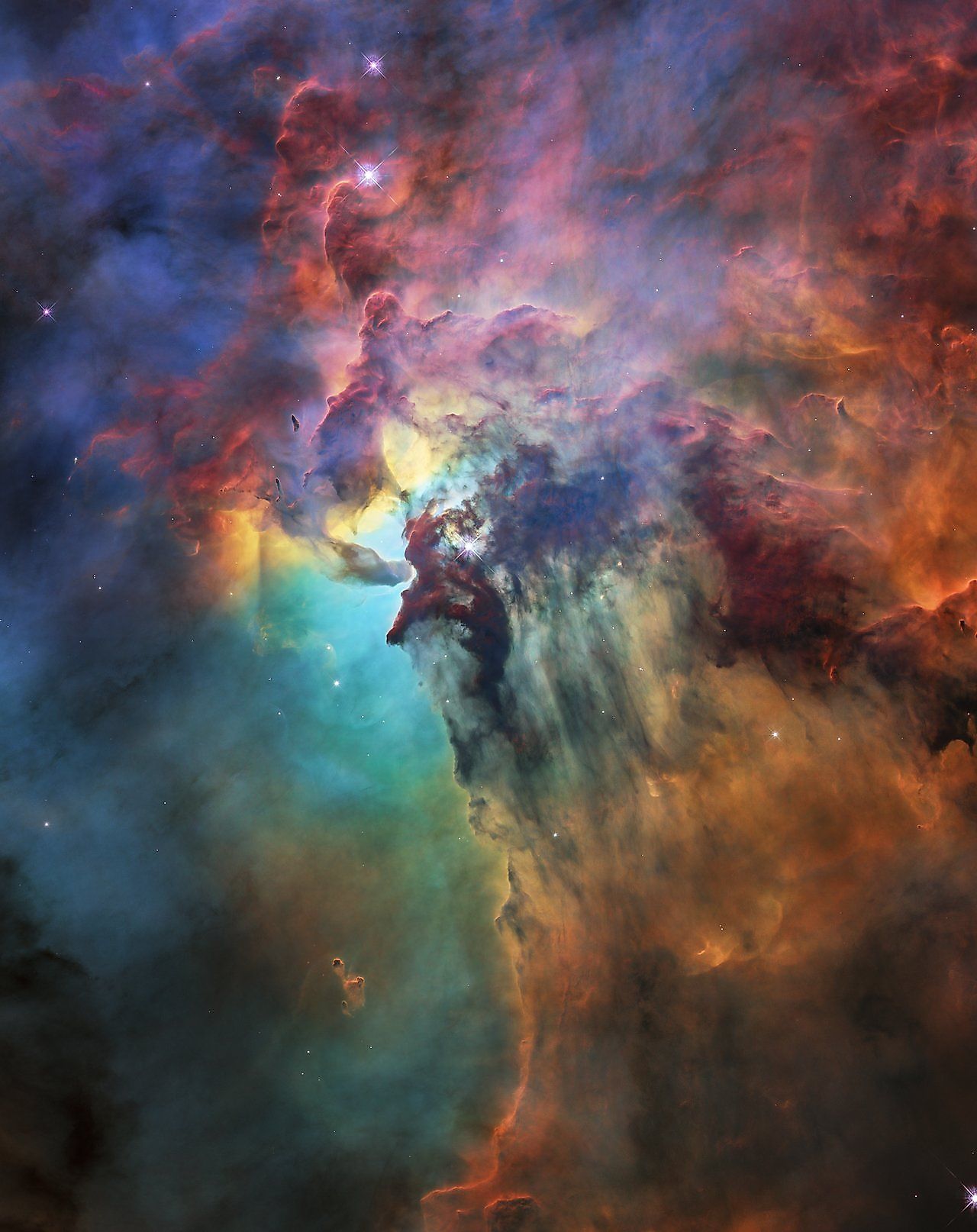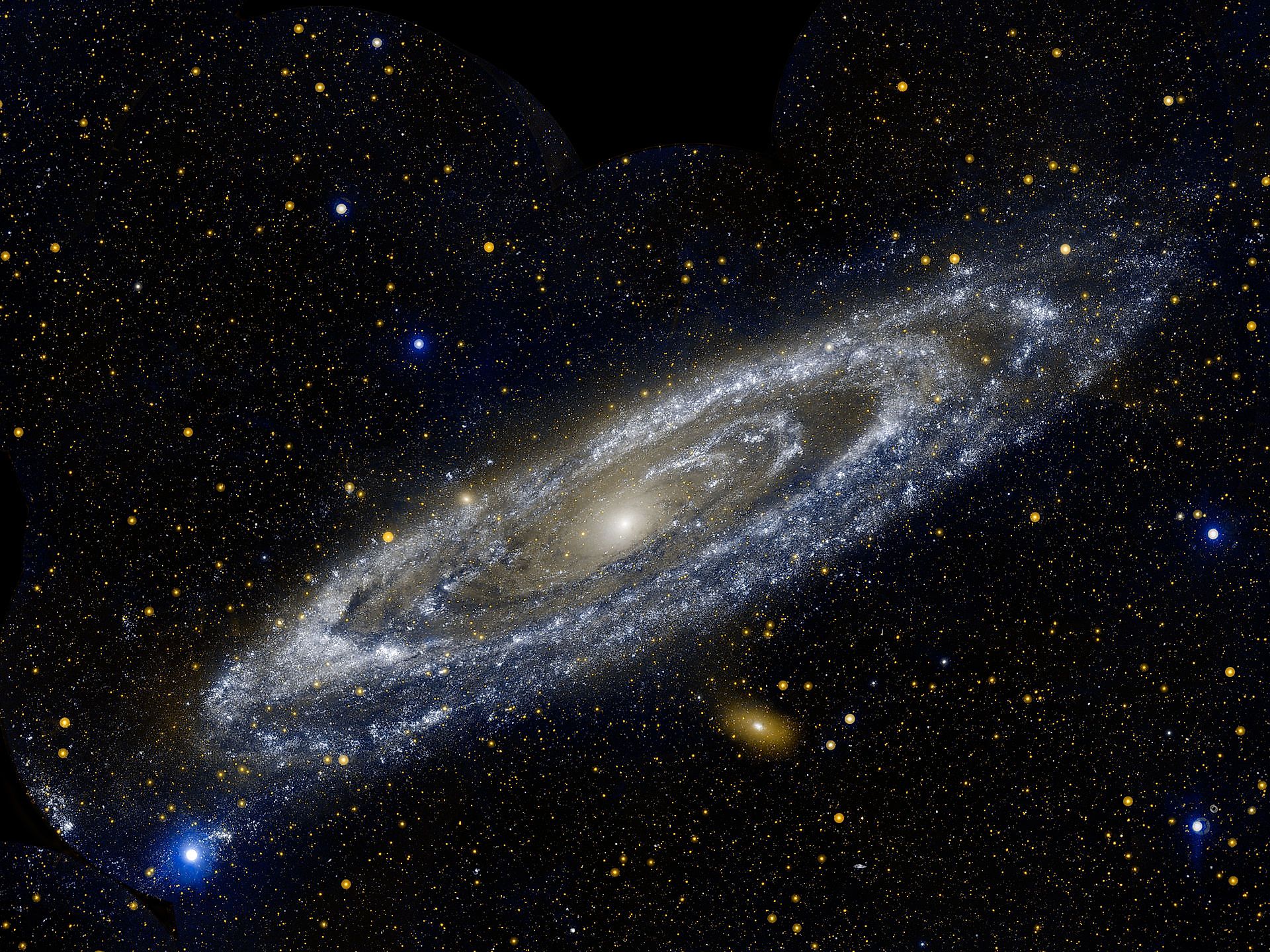
The Andromeda Galaxy
Andromeda Galaxy is a vast spiral galaxy located around 2.5 million light years away, making it the closest large galaxy to the Milky Way. Situated within the constellation Andromeda, the Andromeda Galaxy is the furthest object that is visible to the naked eye, so long as there is little to no light pollution. Since the Andromeda Galaxy is visible without the need for any equipment, its existence has been known for thousands of years, yet it was first described by Persian astronomers around 965 CE. The Andromeda Galaxy has played an important role in humanity's understanding of the universe and our place within it, and it was at the center of a centuries long debate about whether or not the universe contained more galaxies than just the Milky Way.
An Island Universe
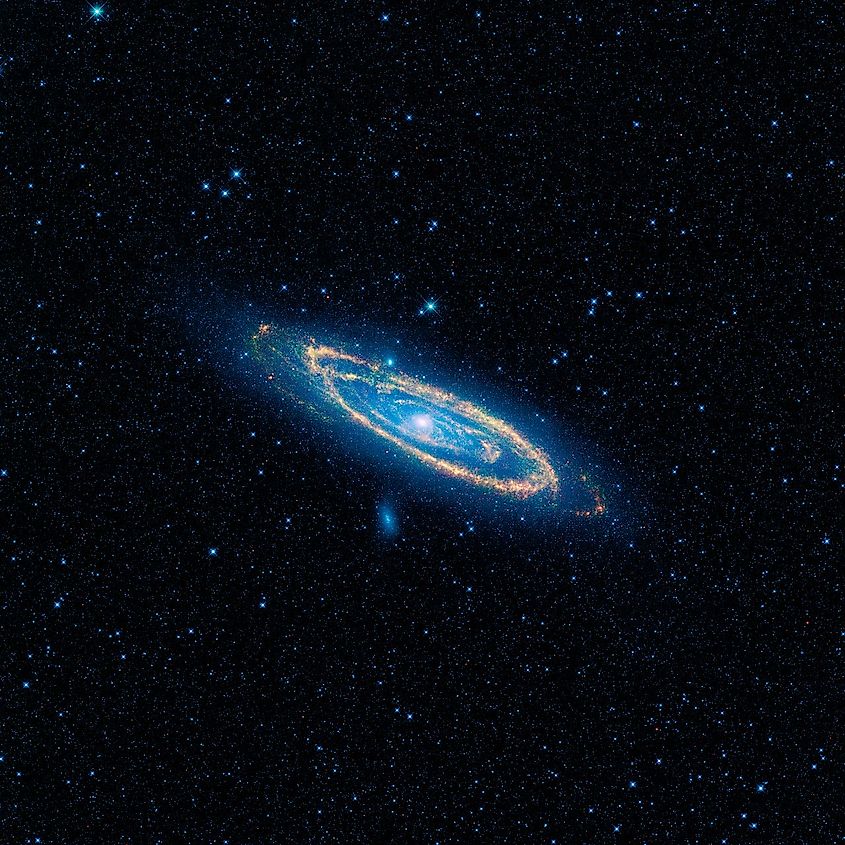
Early star charts often defined the Andromeda Galaxy as a “little cloud”. For centuries, most astronomers classified the Andromeda Galaxy as a nebula, yet some believed that it was a galaxy in its own right, often referred to as an “island universe”. In 1745, the astronomer Pierre Louis Maupertuis became one of the first scientists to claim that the Andromeda Galaxy was in fact an island universe not so different from the Milky Way, yet this idea would not become widely accepted until the 1920s and 1930s. In 1925, the astronomer Edwin Hubble set out to determine the distance to the Andromeda Galaxy. To do so, Hubble searched for what are known as variable stars. Variable stars are stars whose brightness changes over short periods of time, allowing astronomers to determine their actual brightness. By knowing how bright a star is, astronomers can accurately determine how far away it is. By using variable stars, Hubble was able to estimate the distance to the Andromeda Galaxy, finding that it exists far outside the predicted boundaries of the Milky Way. Hubble had settled the debate, proving that the Andromeda Galaxy was in fact an entire galaxy containing hundreds of billions of stars. Furthermore, Hubble also showed that the universe itself is expanding. To do so, he used the Doppler Effect, which measures the velocity of objects based on the wavelength of light they emit. Basically, an object moving towards you will have its light compressed and blue shifted, while an object moving away from you will have its light stretched and red shifted. Using this method, Hubble discovered that most galaxies in the universe are moving away from us as the space between them expands.
Characteristics
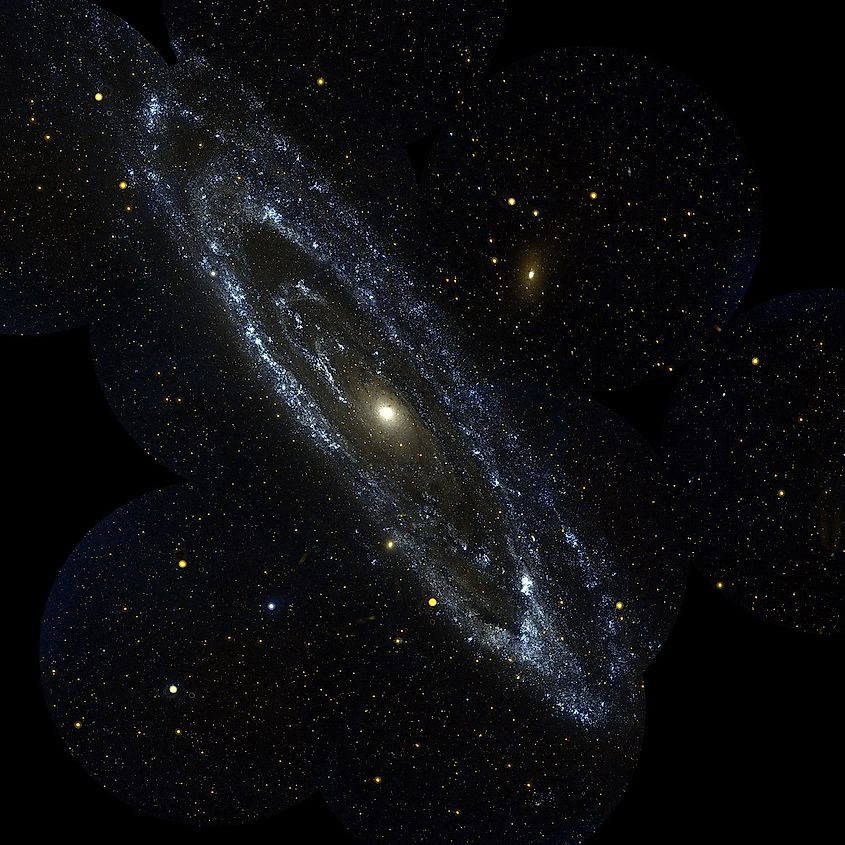
Since the Andromeda Galaxy is the closest large galaxy to us, it is also one of the most intensely studied. Like the Milky Way, Andromeda is classified as a spiral galaxy, yet it is noticeably larger than our home galaxy. The Andromeda Galaxy is estimated to be around 150,000 light years across, while the Milky Way is estimated to be around 100,000 light years across. Estimates place the number of stars in the Milky Way around 100 billion, while Andromeda is estimated to contain over one trillion stars, which is significantly larger than the number in our galaxy. The Milky Way and Andromeda both likely formed around 10-billion to 12-billion years ago. Both galaxies also formed in a similar way through the gradual collision and merging of smaller galaxies. Like the Milky Way, the central region of Andromeda contains a supermassive black hole with a mass greater than 100 million suns.
Future of Andromeda

The eventual fate of the Andromeda Galaxy is tied directly to the Milky Way. Currently, the Andromeda Galaxy is speeding towards our galaxy at a rate of 68 miles per second (110 kilometres per second). Since the vast majority of galaxies are red shifted and moving away from us, this makes Andromeda unique among most galaxies since it is blue shifted and moving towards us. Given the speed of Andromeda and its distance from our galaxy, astronomers estimate that in about 5-billion years, the two galaxies will begin to collide and eventually merge together, likely forming a much larger, elliptical galaxy.
